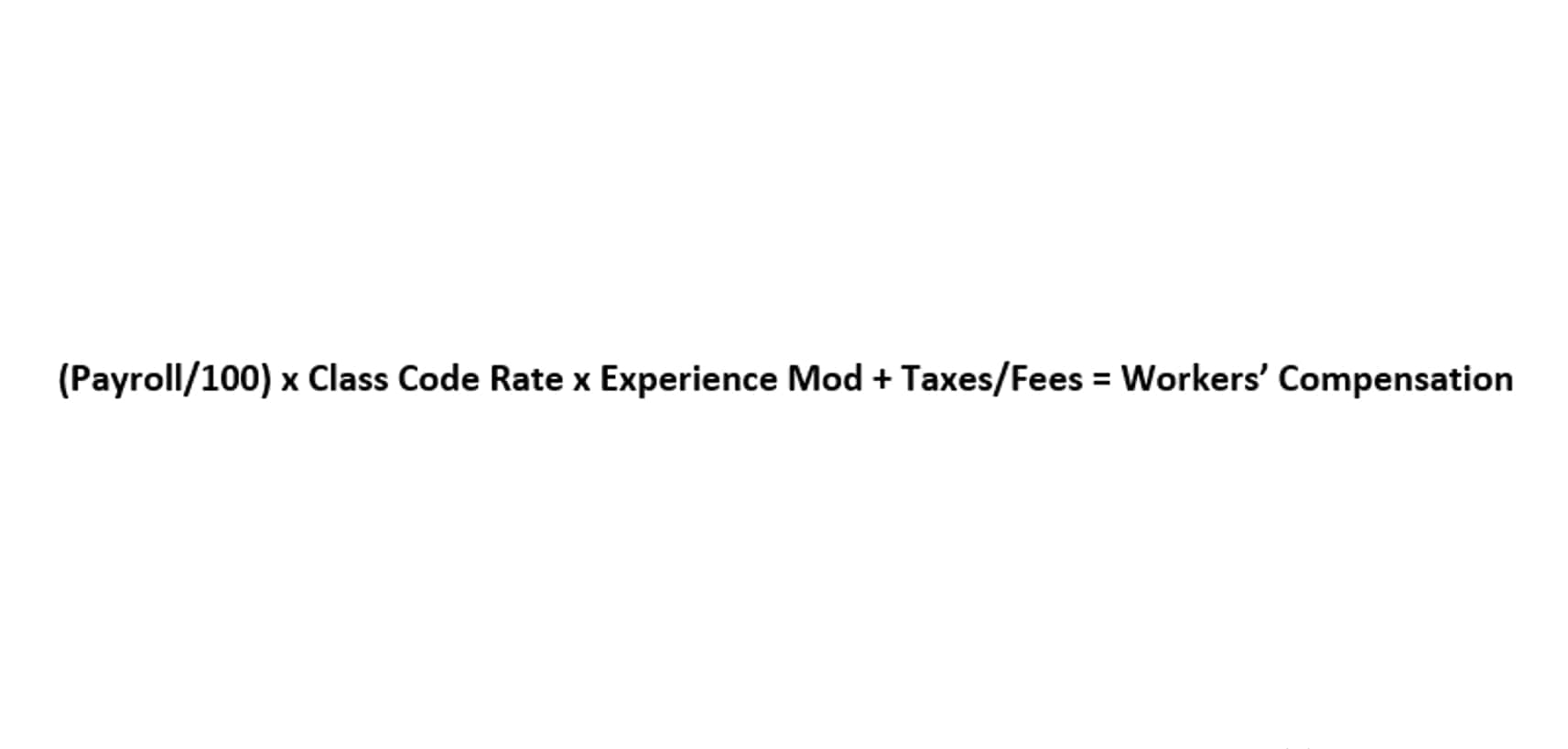
By following these steps and accurately calculating the operating cycle, businesses can gain valuable insights into their working capital management and operational efficiency. This information can help identify bottlenecks in the production and sales process, leading to improved decision-making and financial performance. To improve an operational process, business owners should look at the accounts receivable turnover, average payment period (inventory days), and inventory turnover.
Uses of the Operating Cycle Formula
- Operating cycle of working capital refers to the total number of working days that a business takes to buy inventory, sell it off, and then collect the proceedings from the sale.
- An operating cycle starts with purchase of raw material typically on credit.
- By optimizing the operation cycle, a company can greatly improve its cash management and decrease costs.
- In today’s competitive job market, both job seekers and employers face numerous challenges.
- As previously stated, the operational cycle is complete when all of these processes are completed.
Before we dive into the mechanics of calculation, we need to know what we’re dealing with. An operating cycle can be understood as the average time a business takes to make a sale, collect the payment from the customer, and convert the resources used into cash. Although they are both useful calculations for a business, the insights differ widely. Cash cycles usually analyze the cash flow in much more depth and tell a company how well they can manage their cash flow, while an operating cycle involves how efficiently the stock flows in and out. An effective operational process helps businesses by improving their cash flow, which in turn has a positive effect on other aspects of their business. Reducing costs while also increasing speed and improving quality can be beneficial to business owners.

How does operating cycle relate to a company’s financial health?

Employers looking to streamline their operations and boost profitability should pay close attention to their operating cycles. Once you have the values for the inventory conversion period, average payment period, and accounts receivable collection period, add the inventory conversion period to the accounts receivable collection period. Then, subtract the average payment period from the total obtained in the previous step. Next, calculate the average number of days it takes for the company to pay its suppliers for raw materials or inventory purchases. This figure is essential in understanding how efficiently the company manages its accounts payable.
Suggestions For Reducing A Company’s Operational Cycle
Upgrading to a paid membership gives you access to our extensive collection of plug-and-play Templates designed to power your performance—as well as CFI’s full course catalog and accredited Certification Programs. If the working capital cycle is trending downward relative to that in the past, that tends to be viewed as a positive sign, whereas upward movement points towards operational inefficiencies. Don’t use your working capital to invest in fixed assets such as equipment, land, vehicles, and machines. These are expensive capital assets and if you use working capital to pay for them, there will be a decrease in funds and an increase in the risk of running your business smoothly.
The Impact of a Short or Long Operating Cycle
After all, efficient usage of a company’s assets has an important role in capital intensity, return on investment (ROI), and fixed overhead turnover. “For businesses, it’s essential to monitor key performance indicators related to the operating cycle regularly. This data can provide valuable insights into where improvements can be made to enhance efficiency.” In today’s competitive job market, both job seekers and employers face numerous challenges. Job seekers often struggle how to find operating cycle to find the right opportunities that align with their skills and interests, while employers are constantly seeking ways to streamline their operations and improve efficiency. One crucial aspect of business operations that can impact both job seekers and employers is the concept of an operating cycle. Yes, a company can influence its operating cycle through effective management of inventory, efficient collection of receivables, and leveraging credit terms with suppliers.
![]()
Business Operating Cycle
- Thus, understanding where the figure is coming from allows you to make much more informed decisions.
- For instance, the duration of a particular company could be high relative to comparable peers.
- The number of days in which a company pay back its creditors is called days payable outstanding.
- One example would be to decrease the amount of inventory your company holds.
- Before we dive into the mechanics of calculation, we need to know what we’re dealing with.
- Toyota’s production system utilizes a lean manufacturing system which reduces waste and continuously improves the inventory system by constantly evaluating it.
Revenue for FY 2017 is $52,056 million and cost of revenue is $42,478 million respectively. Although you must understand how to calculate the operating cycle if you want to compare yourself to your competitors, it is also important to understand what it really means for your business. Investors can determine a firm’s investment quality by tracking its OC’s historical record and comparing it to peer groups in the same industry. The operational cycle is significant because it may notify a business owner how soon goods can be sold.